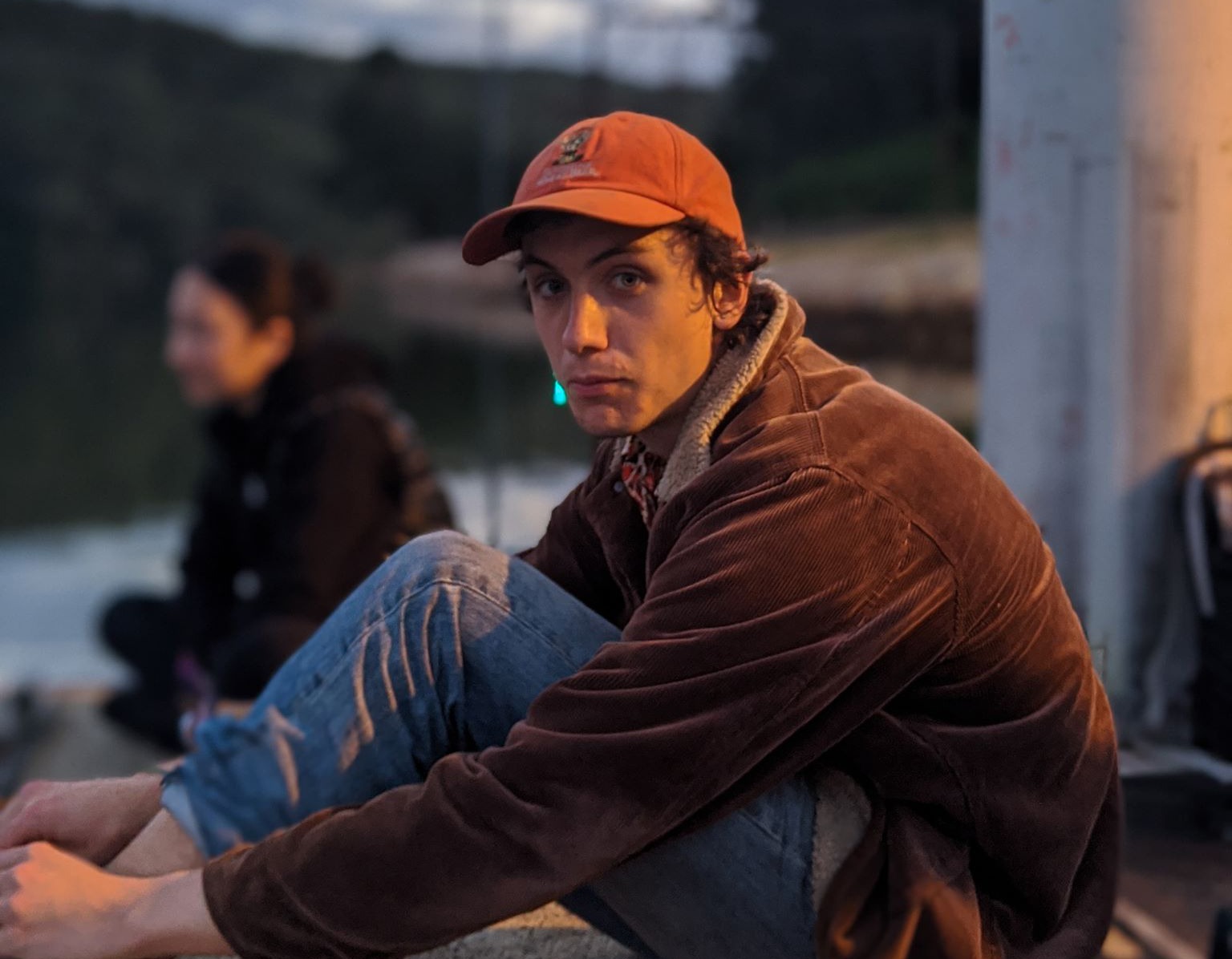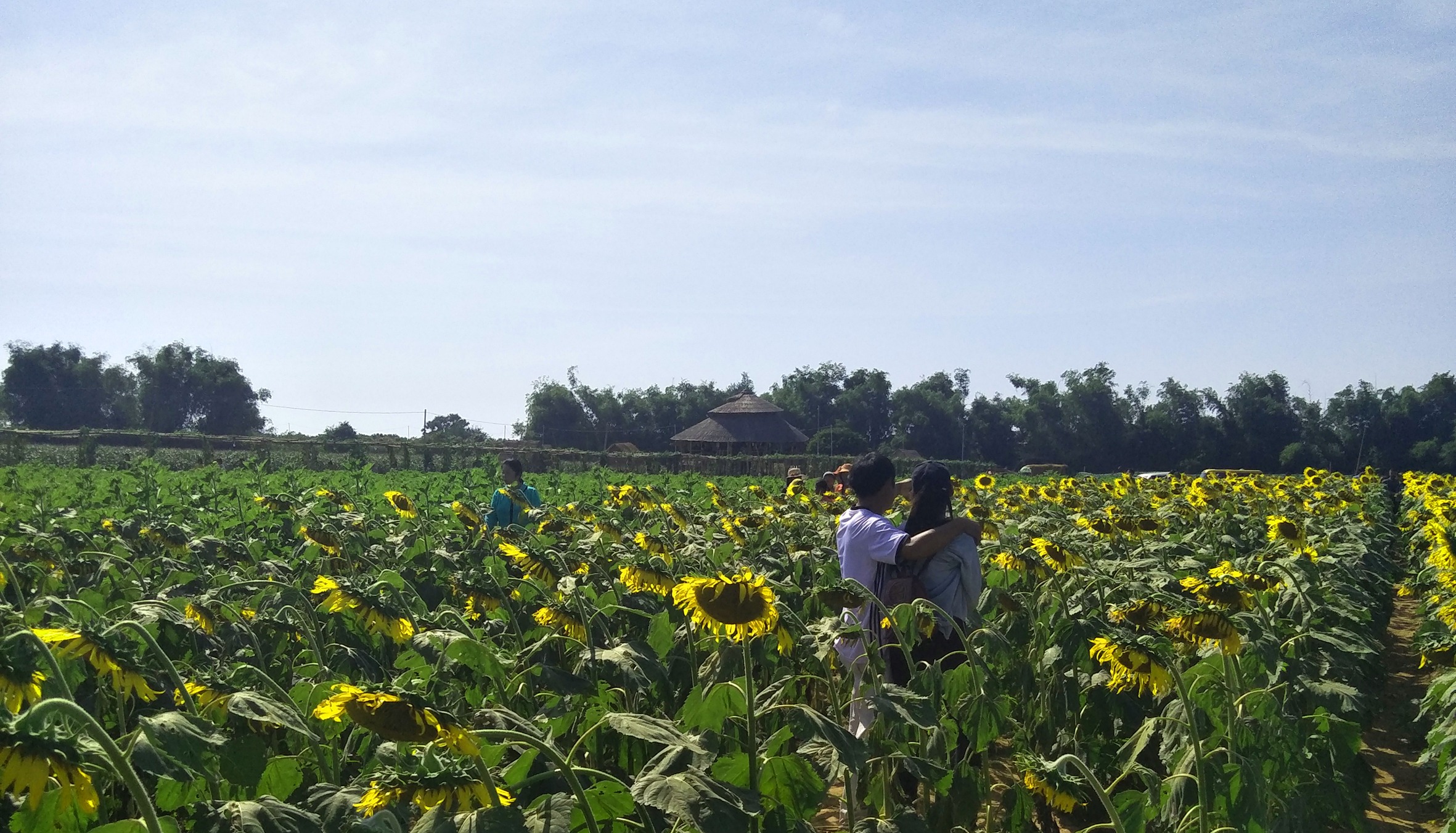

Research, gender and you
June 8, 2022

We have no doubt that involving young Australians in international agriculture and agriculture for development has meaningful and beneficial outcomes for food and nutrition security, for the students and for Australian agriculture. This is again the focus of our awareness raising in the third year of our ACIAR supported NextGen project.
This year we will hear from NextGen’rs who are involved in the work that has been highlighted in our seven teacher modules for secondary students around Australia.
Our third blog in our NextGen series has been penned by Isaac Ewald, Graduate Research Officer – Social Systems at the Australian Centre for International Agricultural Research. Isaac is also in the comms team of Researchers in Agriculture for International Development (RAID).
Isaac came to agricultural research by way of a fascination with rural development and the multiple overlapping power structures which shape how the world feeds itself. In this blog he explains pitfalls he has experienced when trying to address uneven power dynamics in interviews, including between men and women. His blog focuses on our teaching module Gender dimensions in agriculture.
The world of agricultural research is changing. You can feel it in the air at the Australian Centre for International Agricultural Research where I recently started working as a graduate research officer. I’m biased by my background in social science, but it feels like every meeting involves experienced ‘hard’ scientists grappling with knotty social questions about how their improved crop varieties, soil management techniques and rain radars will interact with the messy reality of a rapidly changing social world. For the last few decades gender has been acting as the thin edge of this social wedge. The recognition that agricultural interventions have different impacts on men and women has blossomed into a huge number of experts, tools and commitments to design research which understands and combats gender inequality.
Within the mix of scientific concepts, the one I would love for you to learn early is ‘positionality’. Basically, the idea that doing equitable, inclusive and empowering research requires that we look beyond the what and how of research design and implementation and ask this basic question of ourselves as scientists; who are we? We are all familiar with ‘bias’ but recognising that research is an activity between people allows us to see how it is our various identities, relationships, locations which allow us to learn. Like most social activities, research for development carries gender inequalities. This is an embarrassing story about me learning that the social position from which I conduct research was just as important as my best laid plans.

Despite my high hopes, I am struggling through an interview with Nakry, a Cambodian development worker in her early thirties. So far in my honours research I had been interviewing Nakry’s male colleagues about their lives and work. I have designed our interviews to allow the interviewee to pick the direction of our conversation trusting that they will know best how to share their expertise. This is one approach that is supposed to address the uneven power dynamics in interviews, including between men and women. One pleasant surprise has been male interviewees choosing to discuss the balance of working and caring for their families. This strikes me as a dilemma commonly experienced by women, so I was excited to talk with Nakry the only women who agreed to participate.
Nakry speaks in depth about managing volunteers, organisational change and professional development, but I am struggling to trust in my unstructured approach. I find myself waiting for her to shift her focus from professional to family life. Eventually, I ask point blank, “How do you manage work and family responsibilities?”. She pauses and I am reminded of all the political leaders, academics and professionals I have heard speak on the harsh scrutiny they face as women. ‘I don’t have a problem with that’ she says and we move on. It’s one of those small moments, you turn over endlessly in your brain, but it comes back to me whenever I hear someone discussing their male led ‘gender sensitive’ project. Despite its ‘empowering’ design my research had fallen back on harmful stereotypes and failed to capture Narky’s perspective.
So how did this happen? Why was Narky the only woman who choose to participate in my research? I had planned to have a balanced sample, but I found my interviewees through existing networks I had developed during an internship with a Cambodian development organisation. In that context I had spent more time outside of work with men than women. I had not even begun thinking about research but developing the most convenient friendships had a real effect on my findings. I tried to find female participants by ‘cold calling’ women’s organisations but failed. Beyond a real commitment of resources balanced research requires balanced networks. This is true for tiny student studies, massive trials or the distribution of jobs and funding.
Beyond the number of participants my own position influenced the substance of my interviews. My close relationships with the men I interviewed undoubtedly contributed to producing rich and useful information. One ugly truth is that it was likely easier for me to let older male participants lead our interviews. Failing to reflect on that power dynamic, I stopped listening to the interesting information Nakry was providing and asserted my own agenda. The very fact that Narky was the sole woman informant led me to feel that I needed to override her interests and get her perspective on childcare. By asserting my own male lens, I created yet another bit of research ‘about’ rather than ‘with’ women. This has as much to do with who I am as a researcher as with my project design. Failing to consider my position as a man produced inequitable research, a pattern which can be seen repeated across agricultural research.
As we think about how to make research more empowering and socially effective it is important to go beyond research ‘design’ to ask ‘how am I positioned’, who does this bring me in contact with and how do they react to me? Finally, how does the specific vantage point from which I see the world affect what I am able to see and how I merge that vision with those in a different position? Part of the answer to these questions is in the opportunity I have been granted here. To reflect on the mistakes we will inevitably make and learn from them.




